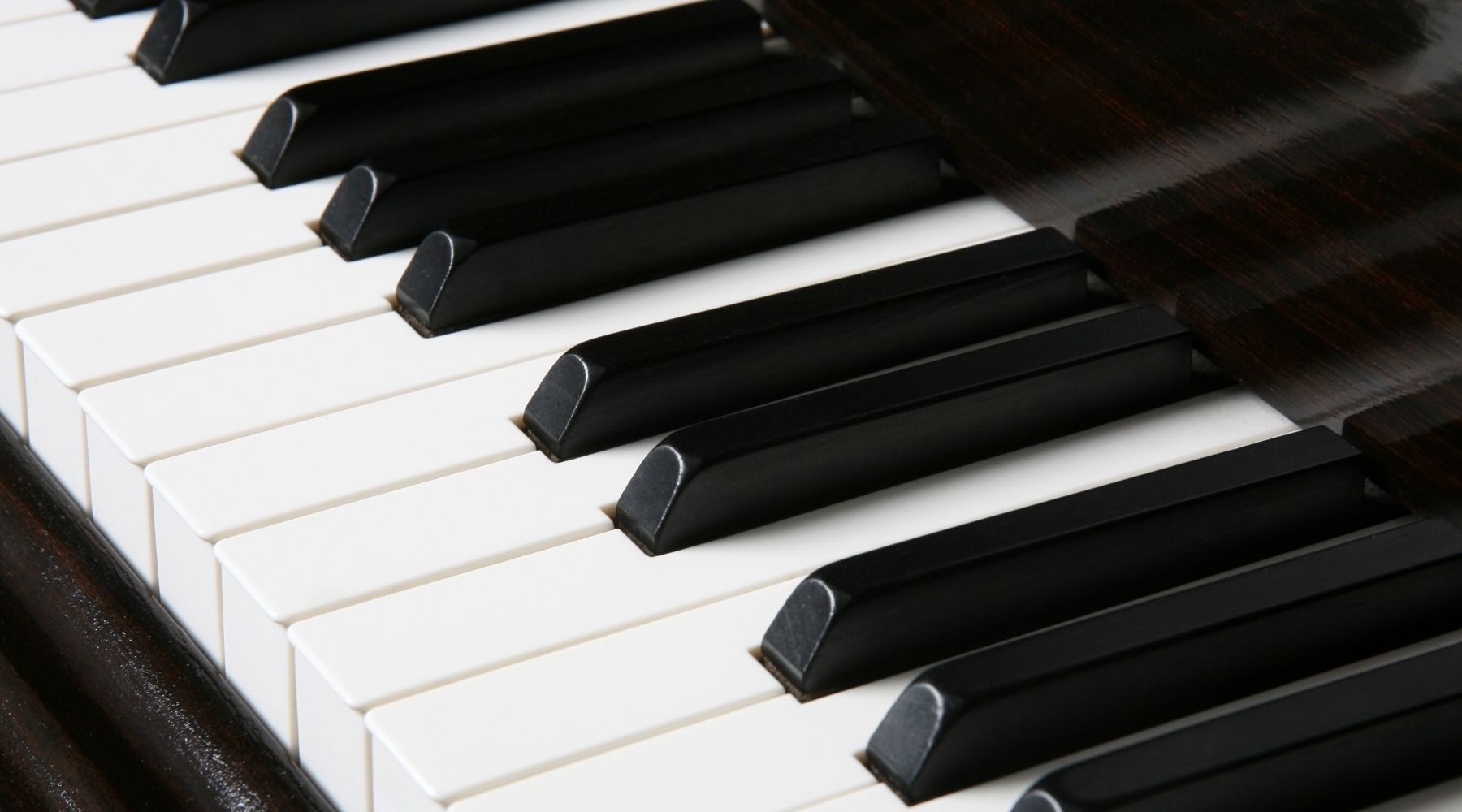Wood stands the test of time. It’s sustainable, long-lasting, versatile, and only gets better with age.
In the final post of our History of Wood series, we’re looking at one of the most mysterious and sought-after wood types – Ebony.
Ebony, is a black hardwood, dense enough to sink in water. A native to Sri Lanka, India, Africa, and Indonesia, it is part of the evergreen tree family. The Ebony tree reaches maturity between 60-200 years and grows on lower altitudes and within tropical rainforests. It’s a welcomed shelter and food source for warm-climate animals including elephants, rhinos, giraffes, velvet monkeys, baboons, and warthogs.
Most popular in Africa, 60,000 – 80,000 wood carvers make their living from ebony trees. The high demand for darker coloured wood and the slow growth cycle of the Ebony tree have led to a critical sustainability issue. It’s the most expensive wood found in the country and as such, many species of this tree have been over harvested and at risk of extinction. Ebony is now highly-regulated and high demand for the wood has significantly increased prices.
The trade and export of Ebony is rife with issues including illegal sourcing, bribery, and theft. It’s extremely important for wood makers to know where their wood comes from and to make sustainable choices when selecting their suppliers. There are many ways to insure the ethical and legal procurement of Ebony wood.
At Northwood Rings we exclusively use Macassar Ebony, a wood type native to Southeast Asia, and found in the most biodiverse forests on earth. Unlike other Ebony tree types, Macassar Ebony grows surprisingly quick, is widespread, and is not endangered or even threatened. This sustainable wood choice is responsibly sourced through our trusted suppliers, and we choose to use the offcut pieces from cabinetmakers.
Symbolism & Spiritual and Medicinal purposes:
Ebony is a symbol of power, purity, balance, protection and luck for Pagans. They believe this wood amplifies magnetic energy and it’s revered as the most powerful and protective of wood types.
Ebony is a symbol of protection and power, likely due to its dark colour.
Root of tree is used for medicinal purposes and can treat:
- dysentery
- intestinal parasites
- leprosy
- fever
Historical mentions:
Ebony has a long standing place in Egyptian history and ancient Egyptians revered Ebony for its beauty and mystery. Carved pieces are found adorning ancient Egyptians tombs and wood shavings used to treat eye ailments.
Thought to be resident to poison, ancient kings of India fashioned drinking cups from Ebony.
Ebony wood was used in the handles of Samurai swords.
Before the threat of over harvesting, ebony was used to create stunning designs in everything from fine cabinets to moldings to pictorial paintings.
Practical uses:
Ebony tree fruit called Fruit of Gabon is used to manufacture alcoholic beverages.
Ebony trees are often planted with cardamom in India to provide the much needed shade.
Ebony bark is used as a dark blue pigment used in cloth painting.
Ebony is the most ideal wood for musical instruments because of its stability and superior tonality and clear tone. It’s used in the production of:
- black piano and harpsichord keys
- violins and violas
- mandolins
- Guitar, double base and chello fingerboards
Its dark and unusual wood colour makes it an integral part of the manufacturing of ornate, decorative pieces including:
- decorative pieces
- door handles
- crucifixes
- knife handles
- chess sets
- the butts of pool cues

